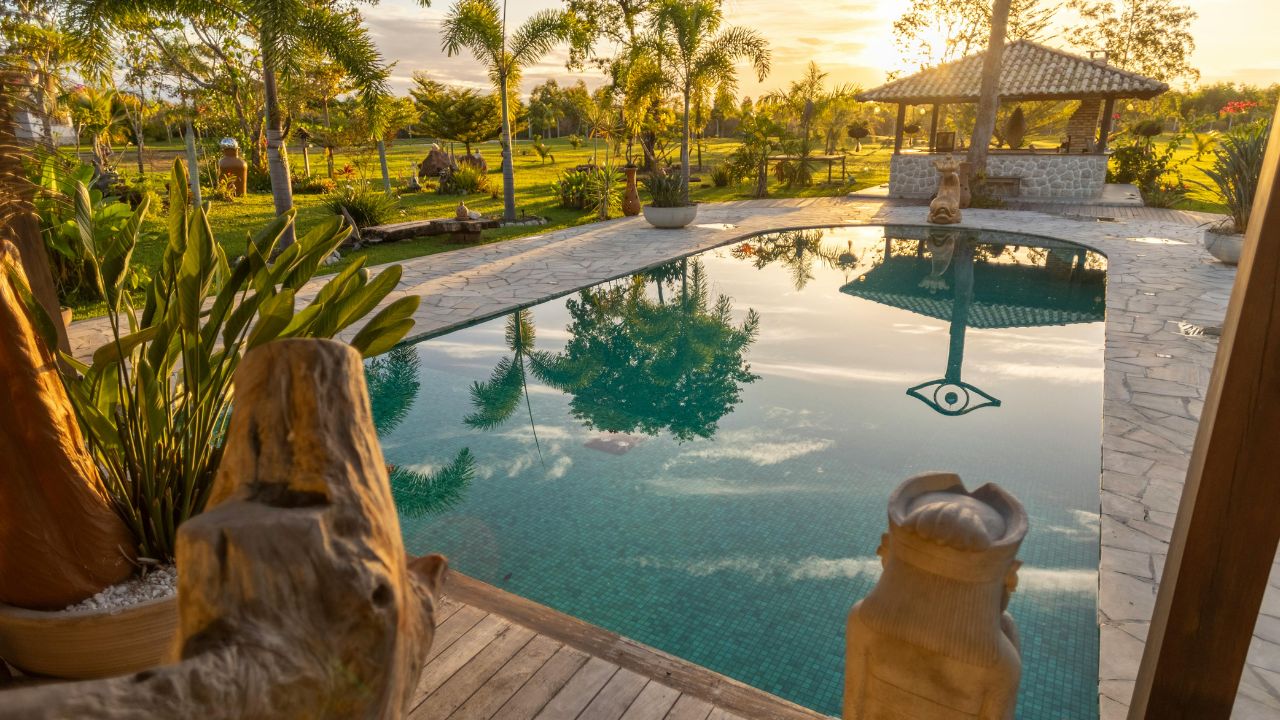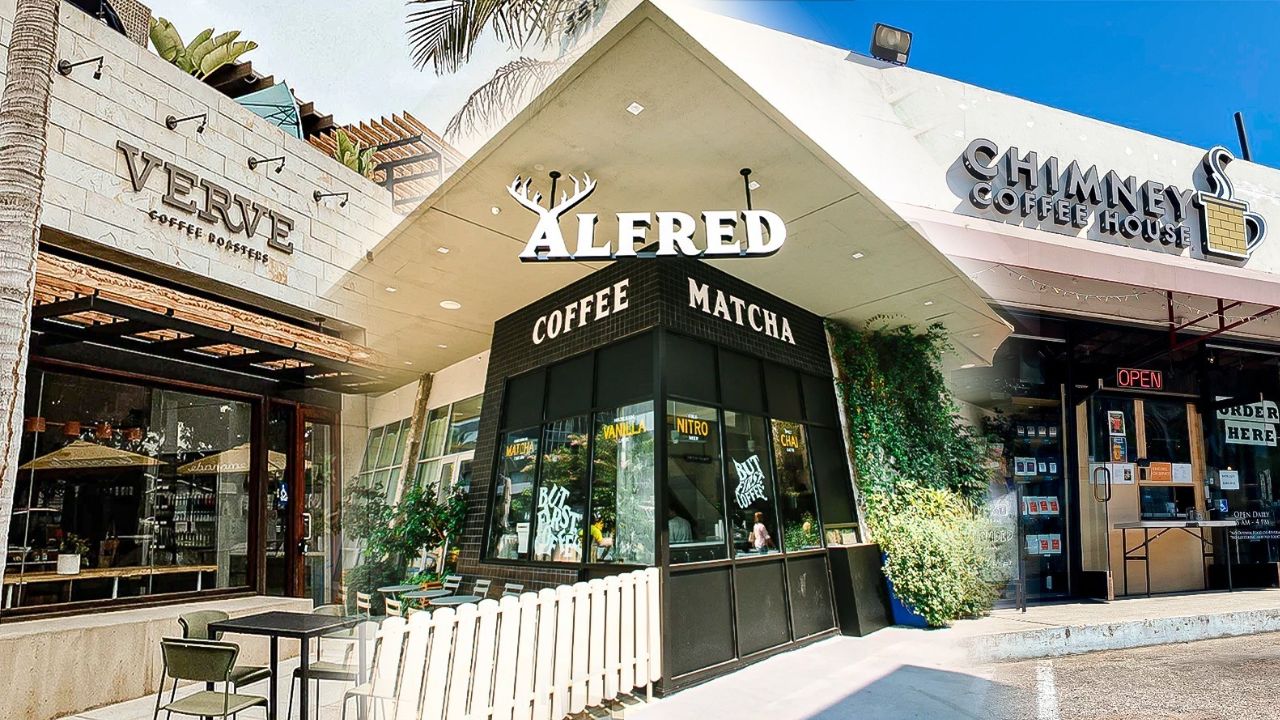West Los Angeles. Sun-drenched, polished, and impossibly expensive—or at least that’s the reputation. But in 2025, the picture’s a little more complicated. Yes, it’s pricey (no shock there), but the real story is how inflation, housing reform, and shifting work habits have reshaped what it actually costs to live on the Westside. From rent to groceries to gas that flirts with $6 a gallon, here’s the honest breakdown of the cost of living in West Los Angeles in 2025—and what it takes to stay afloat in one of America’s most desirable zip codes.
The Big Picture
West LA remains among the top 10 most expensive urban regions in the U.S., trailing only parts of San Francisco, Manhattan, and coastal Orange County. According to the U.S. Bureau of Labor Statistics, prices in Los Angeles County are up roughly 3.2% year-over-year in 2025—slower than the post-pandemic surge but still above the national average.
To live “comfortably” in West LA (think Santa Monica, Brentwood, Westwood, Sawtelle, Palms, and Culver City), a single adult now needs an estimated $105,000 annual income, based on local cost-of-living calculators from MIT’s Living Wage Tool. For families with kids, that figure can easily top $180,000–$200,000.
Housing: The Westside Wallet Crusher
Let’s start with the obvious: housing dominates West LA budgets. Even as new developments rise in Culver City and Westwood, rents remain sky-high, thanks to limited inventory and constant demand.
| Housing Type | Average Monthly Cost (2025) | Notes |
|---|---|---|
| Studio Apartment | $2,200–$2,600 | Palms, Sawtelle, and Mar Vista on lower end |
| 1-Bedroom Apartment | $2,900–$3,400 | Santa Monica & Brentwood on higher end |
| 2-Bedroom Apartment | $4,000–$4,800 | Prime spots near UCLA or the beach push higher |
| Condo (Purchase) | $1.1M–$1.4M median | Mortgage ≈ $6,500/month with 20% down |
| Single-Family Home | $1.8M–$2.5M median | Culver City and Brentwood strongest demand |
Even with rent control on older buildings, new construction has kept pushing market rates upward. Utilities tack on another $200–$300/month, with high electricity costs driven by California’s grid modernization and heavy AC use in summer.
Food and Dining
Grocery prices in LA have stabilized after the 2023–24 inflation wave, but dining out is another story.
| Category | Average Monthly Cost (Single Adult) | Notes |
|---|---|---|
| Groceries | $500–$650 | Trader Joe’s & Ralphs moderate; Erewhon extreme |
| Dining Out | $400–$700 | $20–$25 lunch entrées now standard |
| Coffee / Snacks | $120 | $7 lattes are officially normal |
Pro Tip: Skip premium markets unless you’re flush. Chains like Sprouts and Trader Joe’s remain the best value on the Westside, while local farmers’ markets (like Mar Vista or Santa Monica) can be surprisingly affordable for produce.
Transportation: Car Culture Costs
Despite Metro expansion, West LA is still a car-first region. Between gas, insurance, and parking, mobility eats a chunk of every budget.
| Expense | Monthly Average (2025) | Details |
|---|---|---|
| Gasoline | $250 | Regular gas ~$5.80/gal |
| Car Insurance | $180–$250 | Higher rates for new residents |
| Parking Fees | $100–$200 | Especially near Santa Monica & Westwood |
| Public Transit (Metro) | $50–$75 | Thanks to fare capping policy |
| Rideshare (Occasional) | $100 | Nights out or short commutes |
That said, younger professionals are increasingly ditching cars altogether, relying on e-bikes, scooters, and rideshares to dodge the parking chaos.
Healthcare
California’s healthcare premiums continue to rank high nationally. However, coverage through employers softens the blow for most residents.
| Plan Type | Monthly Average | Notes |
|---|---|---|
| Employer-Sponsored (Employee Share) | $200–$300 | Typical PPO plan |
| Marketplace Plan | $450–$600 | Mid-tier “Silver” level |
| Out-of-Pocket Doctor Visit | $150–$200 | Without insurance |
For mental health, therapy averages $175–$250 per session, though many local clinics like the Maple Counseling Center offer sliding-scale options.
Childcare and Education
Families in West LA face steep costs for childcare and schooling.
| Expense | Monthly Range | Details |
|---|---|---|
| Full-Time Daycare | $2,000–$2,800 | Varies by age and center |
| Private Preschool | $2,500–$3,200 | Popular in Santa Monica, Brentwood |
| After-School Programs | $400–$700 | Arts, sports, tutoring |
| Private K–12 Tuition | $25,000–$45,000/year | Crossroads, Archer, Windward, etc. |
Public schools in Culver City Unified and Santa Monica-Malibu USD remain strong, reducing pressure on private options for many middle-income families.
Utilities, Internet & Miscellaneous
| Category | Average Monthly Cost |
|---|---|
| Electricity, Water, Trash | $250 |
| Internet (1 Gbps Fiber) | $75–$120 |
| Mobile Phone | $90 |
| Streaming / Entertainment | $60–$100 |
| Gym Membership | $100–$250 (depending on tier) |
Taxes: The California Premium
California’s state income tax still ranks among the nation’s highest, with top earners facing up to 13.3%. The average middle-income household pays an effective state + federal rate near 30–35%.
Sales tax in Santa Monica sits at 10.25%, and property taxes hover around 1.2% of assessed value annually. Translation: a $1.8M home brings about $21,000/year in property taxes.
Monthly Cost Snapshot (Single Adult, 2025)
| Expense Category | Estimated Monthly Total |
|---|---|
| Rent (1BR) | $3,100 |
| Utilities + Internet | $275 |
| Groceries + Dining | $1,000 |
| Transportation | $450 |
| Health Insurance | $250 |
| Entertainment / Fitness | $250 |
| Miscellaneous | $200 |
| Total (Single) | ≈ $5,525/month |
Annual Cost of Living: ~$66,000 (bare minimum)
Comfortable Lifestyle: $95,000–$110,000/year
How Locals Are Adapting
- Co-living & ADUs: Young professionals increasingly share upgraded ADUs (Accessory Dwelling Units) or split large apartments in Palms and Mar Vista.
- Remote Work Migration: Some residents now work hybrid schedules from less expensive inland neighborhoods, balancing lifestyle and affordability.
- Public Transit Revival: The LA Metro E Line (formerly Expo Line) linking Santa Monica to Downtown LA continues to draw commuters who want to save on gas and parking.
- Sustainability Shift: Many households invest in solar panels, EVs, and heat pumps—higher upfront, but lower monthly utility costs.
FAQs:
Is West LA more expensive than downtown or the Valley?
Yes. On average, West LA rents run 25–40% higher than Downtown LA and nearly double those in the San Fernando Valley.
What’s the cheapest neighborhood on the Westside?
Palms and Del Rey remain the most affordable for renters, offering one-bedrooms in the mid-$2,000s.
How much does it cost to live comfortably in Santa Monica?
Roughly $115,000 per year for a single adult, based on local housing and transportation costs.










